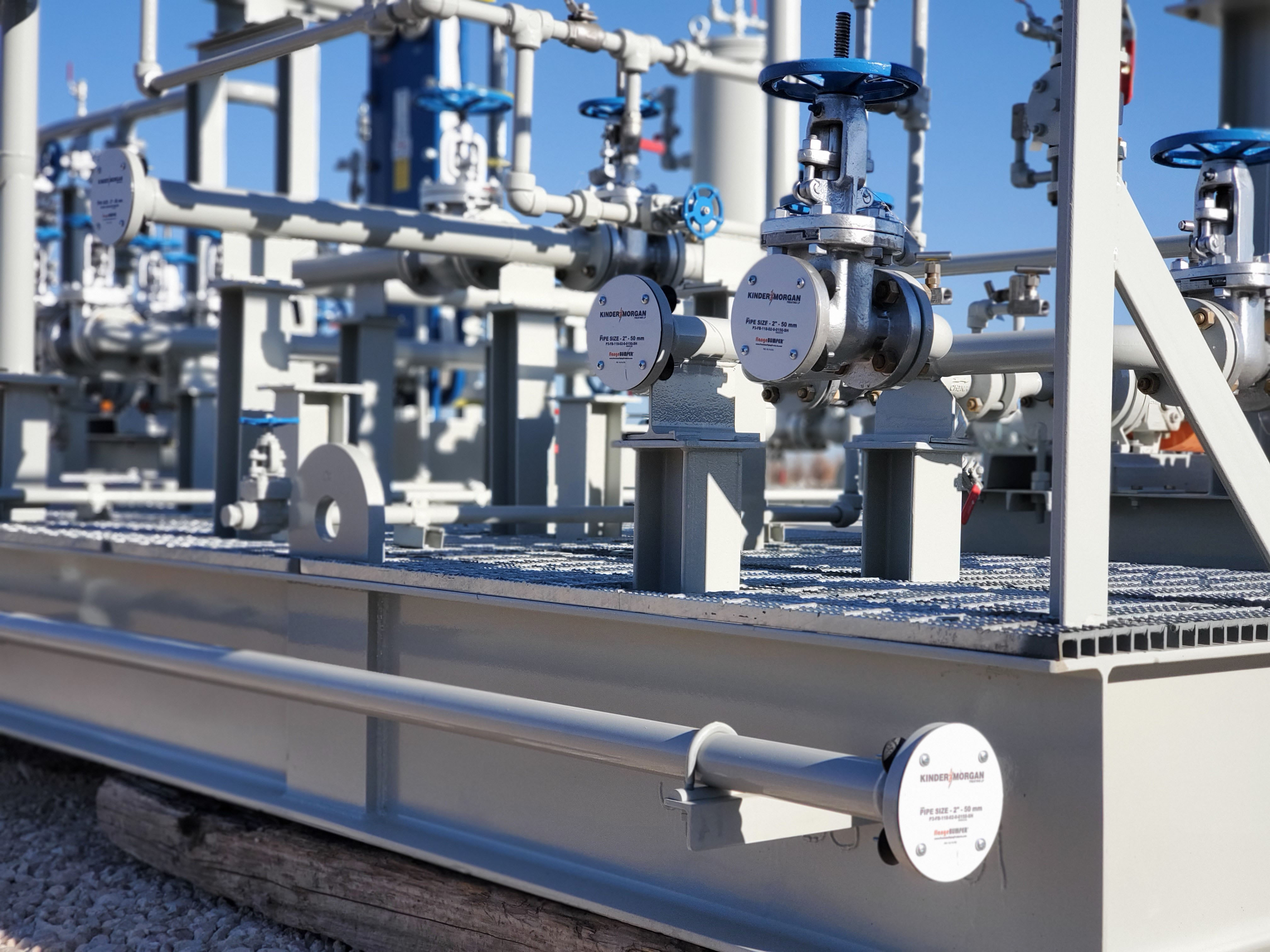The natural gas value chain consists of integral functions that leverage upstream, midstream, and downstream operations to collaboratively produce, transport, and deliver key energy resources to the consumer.
Following exploration and the initial production activities, midstream operations provide essential components such as gathering systems, conditioning equipment, compression, and gas treating technologies that provide effective methods to process and transport natural gas.
Gathering Systems
A pipeline gathering system is typically laid out using mid-to-small diameter pipes that can increase in size as more gas enters the system as they approach the central delivery point (CDP).
Pipeline gathering systems are utilized to collect produced gas from various wells. A gathering system may consist of hundreds of miles of pipelines used to collect the produced gas and liquids from various wells or it may only comprise of a few miles of pipelines joining a couple of wells in a centralized area.
Processing Plants
The next step in adding value after gathering the natural gas is to process the molecules into usable components. The basic functions of processing plants include the separation of various hydrocarbons, fluids, and contaminants from the natural gas to produce “Pipeline Quality” natural gas before it can be transported.
In essence, processing plants provide a slug catcher system, condensate stabilization, dehydration units, separators, and treating equipment. Typical process units are built to the latest edition of the ASME or API code using steel pipes, fittings, valves, vessels, internals, instruments, and controls.

Transmission Lines
The transmission system moves large amounts of natural gas from producing regions to local distributors. The transmission system can span a vast region and behaves similar to an underground interstate highway for natural gas and hydrocarbon liquids.
Compressor Stations
Natural gas is highly pressurized as it flows through a pipeline and loses pressure over extended distances due to friction and elevation differences. To ensure the natural gas remains pressurized, compressor stations (also called pumping stations) provide the equipment needed to boost the pressure and maintain a constant flow through the natural gas pipeline system. The compressor stations use a turbine, motor, or engine to increase the pressure of the gas. The compressor stations are installed at intervals of 40 to 70 miles along the natural gas pipeline to re-pressurize the gas and maintain the flow of the gas.
Distribution Systems
Distribution is a final step in delivering natural gas to the customer. Large industrial businesses and energy companies can receive natural gas directly from pipelines through gated metering stations or other methods, while small-scale consumers typically rely on utility companies to deliver the natural gas to them.
Call Kinder Morgan Today for More Information
At Kinder Morgan Treating, we build gas processing units and treating units designed to meet customer requirements. Our equipment is fabricated to the latest ASME code with high quality. Call us at 713-369-8544 or 713-369-8535 today.
